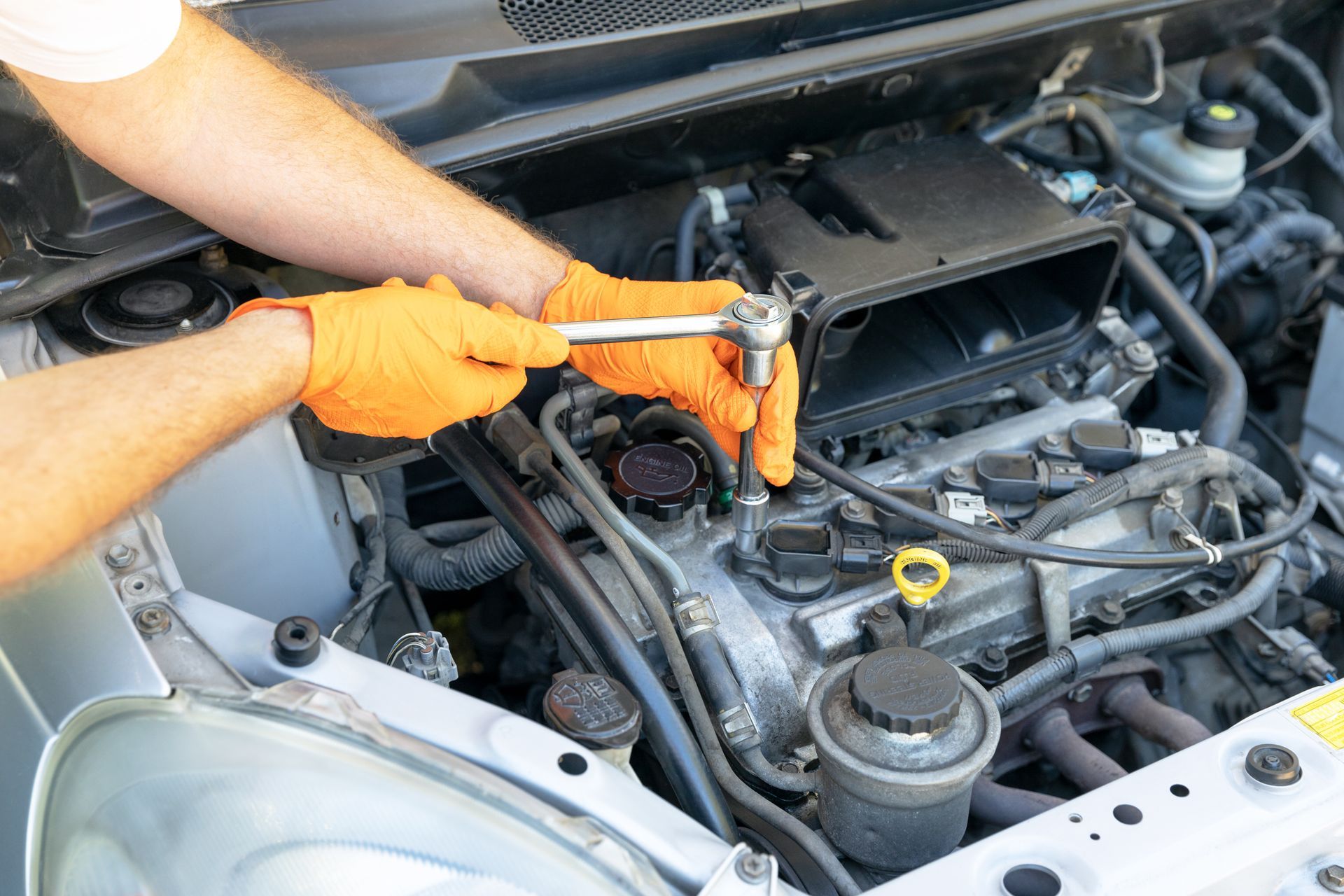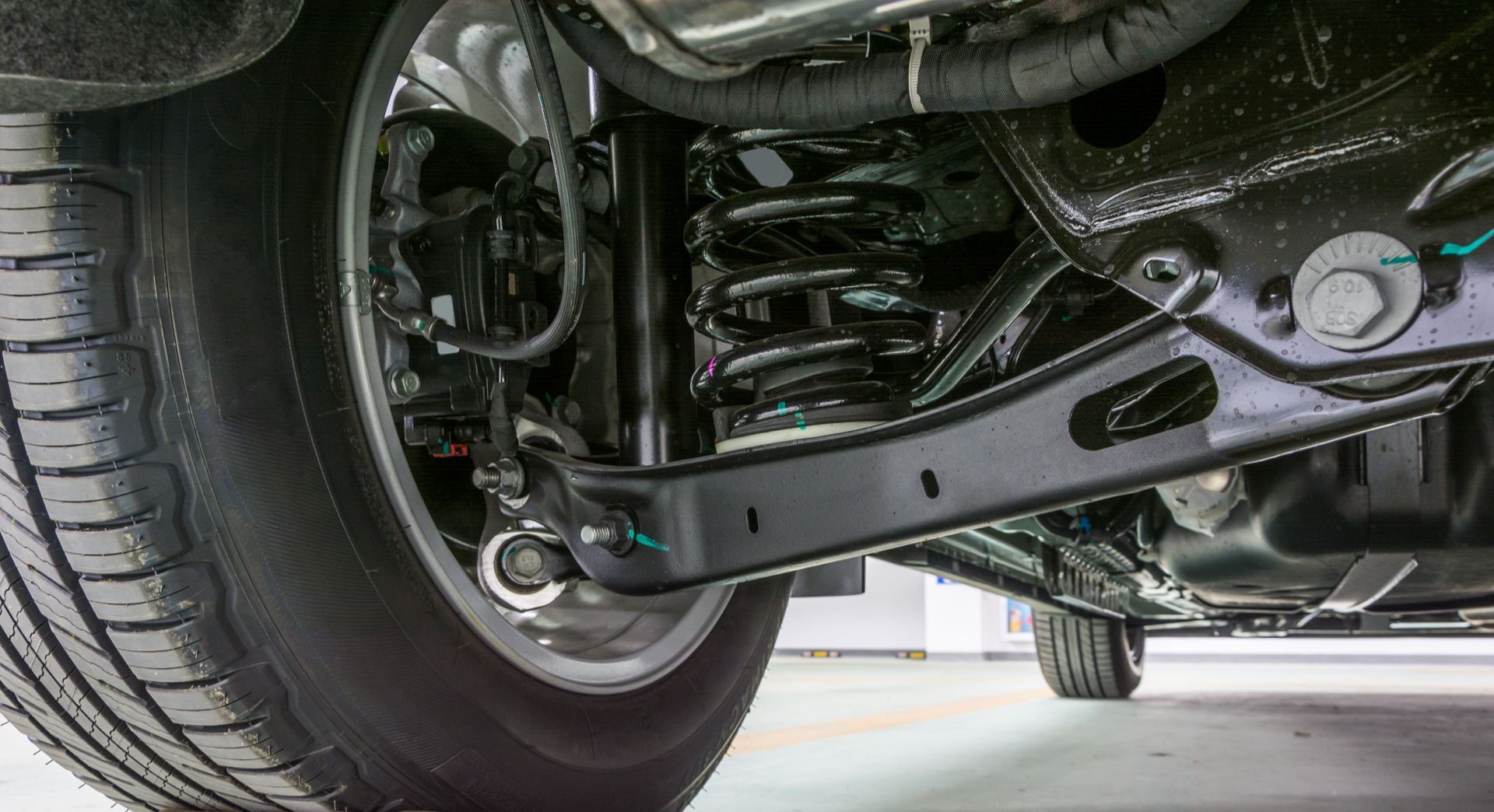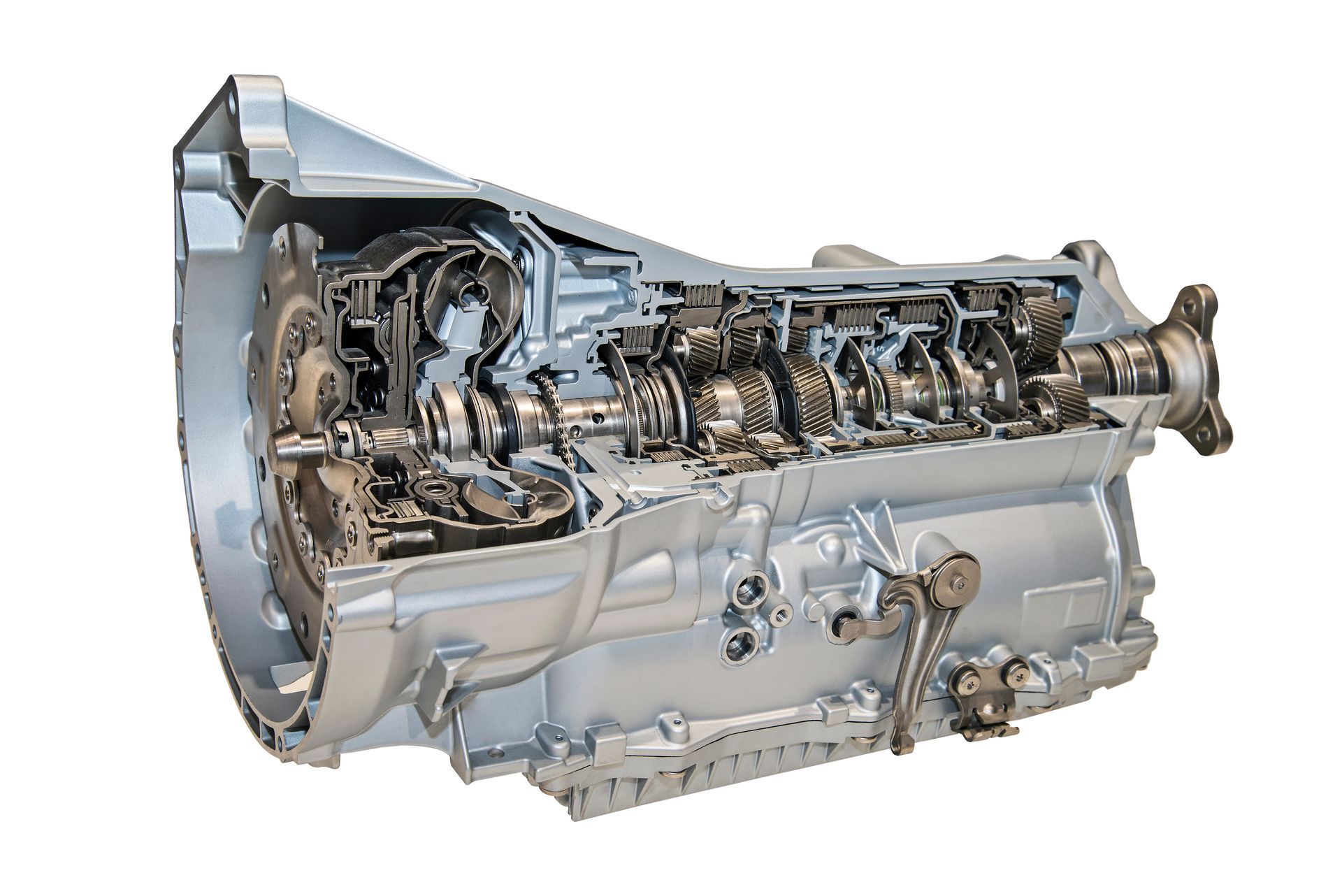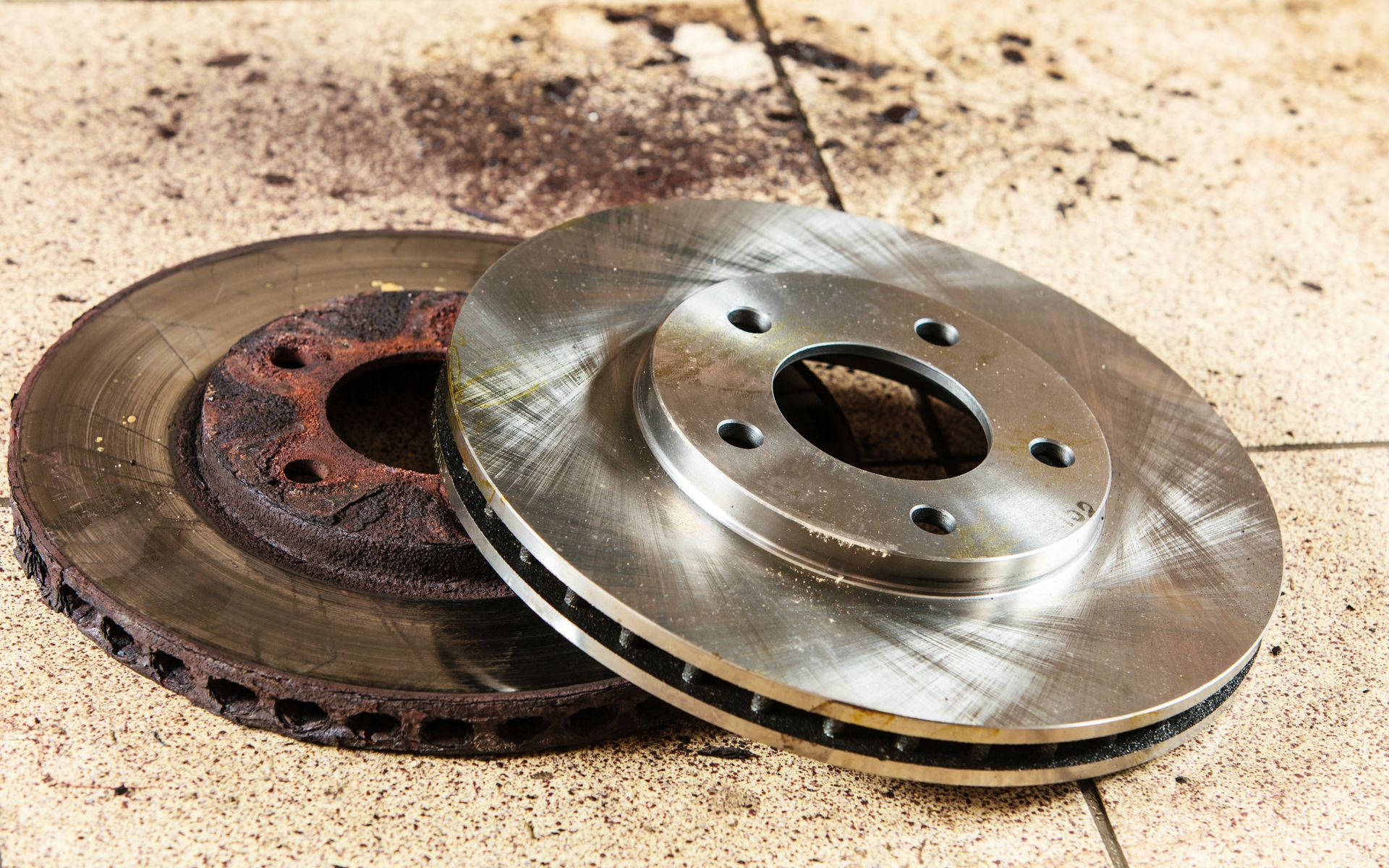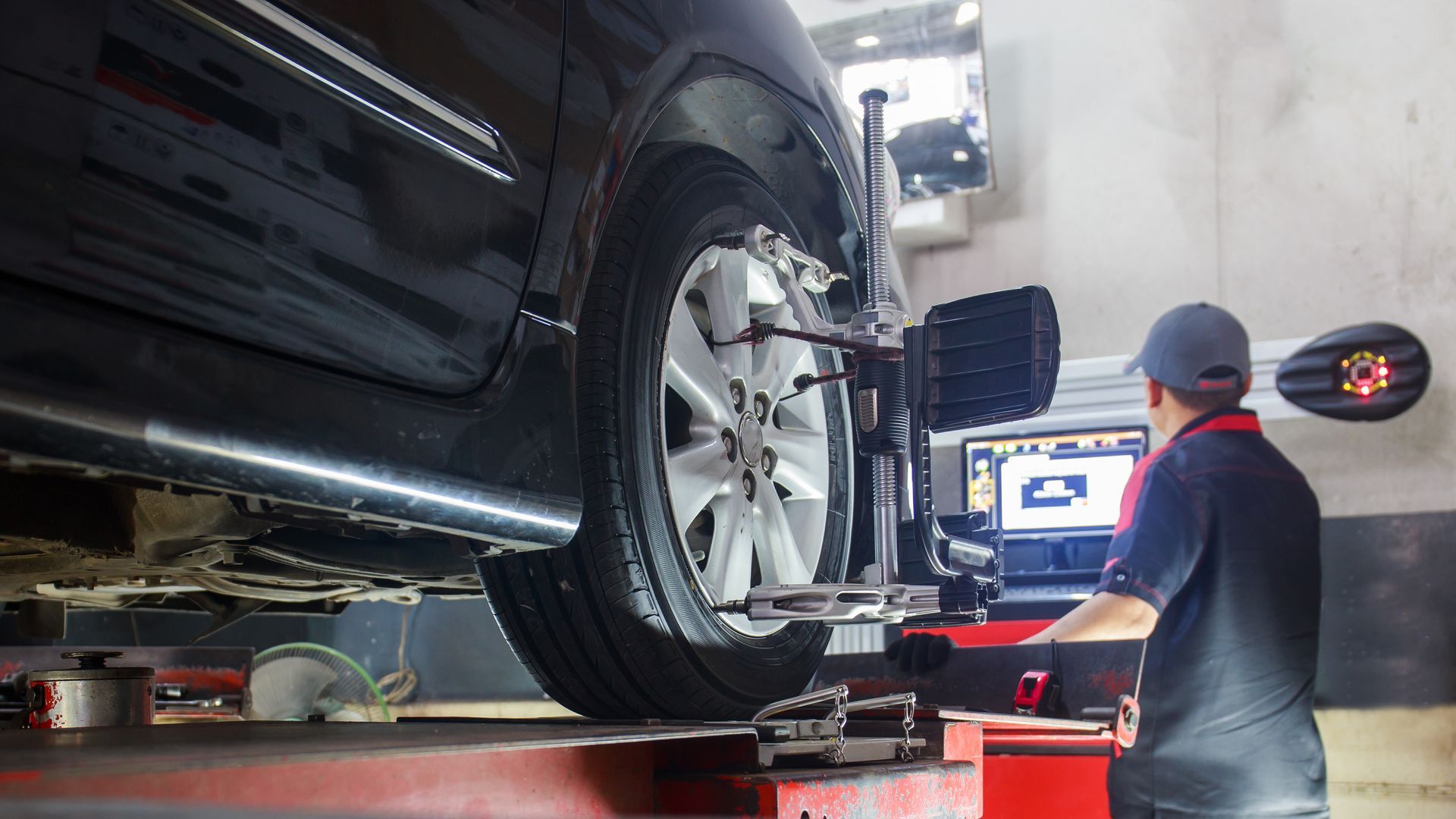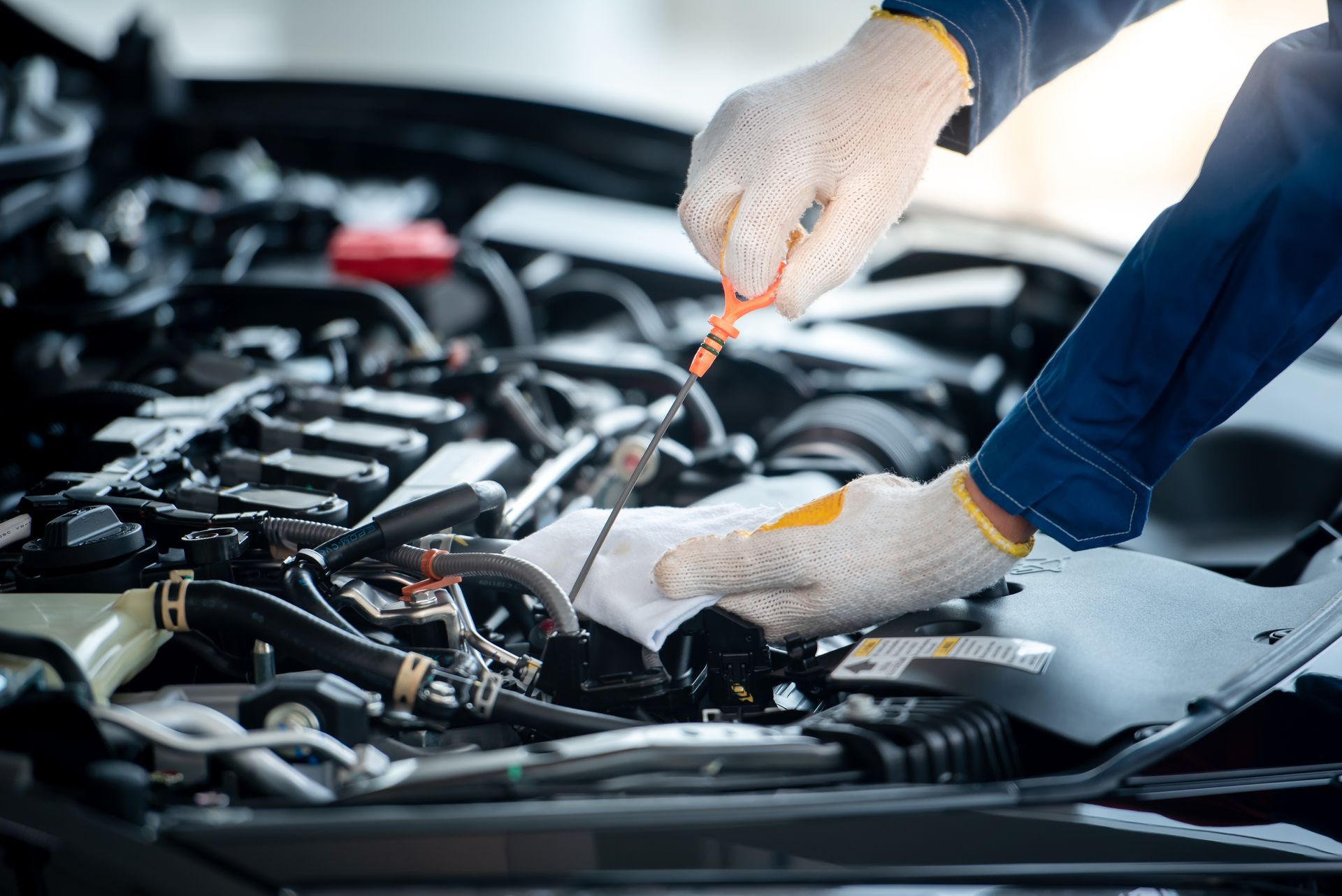Loading ...
Missing business hours data / Error occurred while getting the data.
Loading ...
Missing business hours data / Error occurred while getting the data.
What Could the Check Engine Light Mean? Diagnosing the Issue
September 27, 2024
There’s nothing more unsettling than driving along, minding your own business, when suddenly the dreaded check engine light flickers on. It's that small, glowing symbol that immediately causes concern, frustration, and maybe even panic. But before you start imagining worst-case scenarios, take a deep breath—this little light doesn’t always signal a catastrophe. The check engine light can be triggered by a wide variety of issues, from minor concerns to more serious problems. So, what does it actually mean, and how can you figure out what’s going on under the hood?
Common Reasons for the Check Engine Light to Come On
When your check engine light illuminates, your car’s onboard diagnostic system (OBD-II) is alerting you that something’s not quite right. Here are some of the most common reasons the light may turn on:
Loose or Damaged Gas Cap
Believe it or not, one of the simplest reasons your check engine light might pop on is because your gas cap is loose, cracked, or not sealed properly. The gas cap helps maintain pressure in the fuel system and keeps fumes from leaking out. If it’s not functioning correctly, it can trigger the light.
Oxygen Sensor Issues
The oxygen sensor monitors the unburned oxygen in your car’s exhaust system. If the sensor is faulty or needs replacing, your engine may start to consume more fuel than necessary, leading to higher emissions and reduced performance. Ignoring this issue can also damage your catalytic converter, which is a far more expensive repair.
Faulty Catalytic Converter
Your car’s catalytic converter helps reduce harmful emissions by converting carbon monoxide into carbon dioxide. If it’s malfunctioning, you’ll not only fail an emissions test, but you’ll also see a significant drop in fuel efficiency. Regular maintenance can help keep your catalytic converter in good working order.
Malfunctioning Mass Air Flow Sensor
The mass airflow sensor (MAF) measures how much air is entering the engine so that the computer can balance the air-to-fuel ratio. When the MAF sensor fails, it can cause your engine to run too lean or too rich, leading to poor gas mileage or rough idling.
Worn Spark Plugs or Ignition Coils
Spark plugs ignite the air-fuel mixture in the engine, while ignition coils supply the necessary voltage. When these components wear out, the engine misfires, which can trigger the check engine light. Replacing spark plugs and ignition coils is relatively inexpensive and should be done as part of your regular vehicle maintenance.
How to Diagnose the Check Engine Light
When the check engine light comes on, it’s easy to feel overwhelmed, especially since the warning light doesn’t tell you exactly what’s wrong. Fortunately, you don’t need to guess. The first step in diagnosing the issue is to use an OBD-II scanner, which will read the fault code stored in your car’s computer. Many auto parts stores will provide a free diagnostic check, or you can invest in your own scanner for more convenience.
The scanner will give you a code, such as P0171 (indicating the engine is running too lean) or P0420 (related to the catalytic converter). From there, you can research the code or consult a trusted repair shop to identify the exact cause of the problem.
Is the Check Engine Light Flashing
A steady check engine light is cause for concern, but a flashing one requires immediate attention. A flashing light often indicates a severe issue, such as an engine misfire, which can cause unburned fuel to leak into the exhaust system. This can quickly damage components like the catalytic converter. If your check engine light is flashing, it’s best to pull over and get your car checked as soon as possible to prevent further damage.
Ignoring the Check Engine Light
While it might be tempting to ignore the check engine light, especially if your car seems to be running fine, that’s never a good idea. Even if the issue seems minor, neglecting it can lead to bigger and more expensive problems down the road. Addressing the light promptly can save you from costly repairs and ensure that your car runs smoothly and efficiently.
What to Do When the Check Engine Light Comes On
Check the Gas Cap
Make sure your gas cap is tightly secured. If it's loose or damaged, replace it, and see if that resolves the issue after a short drive.
Use an OBD-II Scanner
Get the fault code to identify the problem. If you're unsure what the code means, seek professional help to avoid guessing at the issue.
Don’t Panic
If the car seems to be driving normally, don’t panic—but don’t ignore the light either. Schedule a service appointment to diagnose the issue as soon as possible.
Seek Professional Assistance
If the light is flashing or you’re unable to diagnose the issue, bring your vehicle to a professional for a full inspection.
Has your check engine light come on? Don't wait for the problem to escalate. Visit
AFA Service & Repair today for expert diagnostics and fast, reliable service. We’ll help keep your car in peak condition and get you back on the road quickly.
Loading ...
Missing business hours data / Error occurred while getting the data.
having trouble finding us?
Loading ...
Missing nap lines data / Error occured while getting the data.



